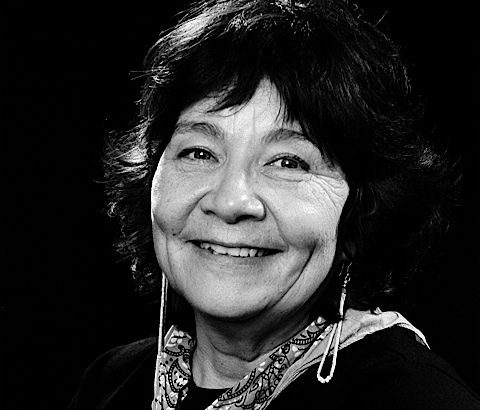
- Posted: 16 febrero, 2016
- By: Instituto Internacional
- Comments: No Comments
ENGLISH READING CIRCLE – SHORT STORY OF THE MONTH ANALYSIS: “YELLOW WOMAN” BY LESLIE MARMON SILKO
This month’s story is Leslie Marmon Silko’s “Yellow Woman,” first published in 1974. Marmon Silko is among the most celebrated and noteworthy of contemporary Native American authors, and “Yellow Woman” focuses in large part on a theme that recurs in much of her work: the relationship modern Native Americans have with the traditions and mythology of their people, and the ways in which those legends and stories infuse their reality with meaning, and vice versa. The line between fact and fiction, and present and past, is not so stable here, and the assumptions we make about those distinctions are precisely what Marmon Silko insists that we question.
The title of the story points our attention towards this bundle of issues. “Yellow Woman” is the title of this story as well as of a subgenre of stories our unnamed female narrator was told as a child by her grandfather, and which have remained present in her mind ever since. The Yellow Woman stories revolve around an unsuspecting woman seduced by mountain spirits; this instalment is a continuation of that theme. Our narrator is seduced by a stranger named Silva, who lives a meager existence in the mountains above her community and survives by rustling cattle from the local ranchers, one of whom he apparently kills in cold blood near the story’s conclusion. Silva’s ethnicity and heritage remain a mystery throughout the story, and add credibility to his claim that he is, in fact, a mountain spirit, and she is Yellow Woman. Which cannot be true, our narrator recognizes. If anything it is a trick Silva has used to gain our narrator’s confidence, preying on her loyalty to the old stories. But then again, wouldn’t a true mountain trickster spirit do exactly the same thing, for exactly the same reason?
Our narrator rejects the idea that she and Silva are the characters from the story, saying “those stories couldn’t happen now.” To this Silva responds: “But someday they will talk about us, and they will say, ‘Those two lived long ago when things like that happened.'” It is important to analyze this exchange, and the story in general, according to its socio-historical context. It is easy for a Native American to believe that history, their history, has in many ways passed them by, and that there are no more stories to write, only the same stories to tell. Marmon Silko obliges us to question that idea. Here the old stories are still worth telling, and are still being told. Their details and application change, but the action continues, following the same trajectory it always has. The roles remain the same, though the identities of the actors that inhabit them evolve.
Ultimately the borderline that our narrator walks between reality and legend loses its distinction, and she submits to the power of Sliva’s personality, which seems to be accentuated and amplified by the dreamy isolation in which he lives, and the hypnotic force of the wilderness around him. Regardless of how the two of them identify themselves, the fact remains that high in the mountains, beyond the reach of the contemporary world, there is space enough to doubt the cold certainties of modern life, and allow the magic of legend to walk and talk.
Happy reading,
Andrew Bennett



